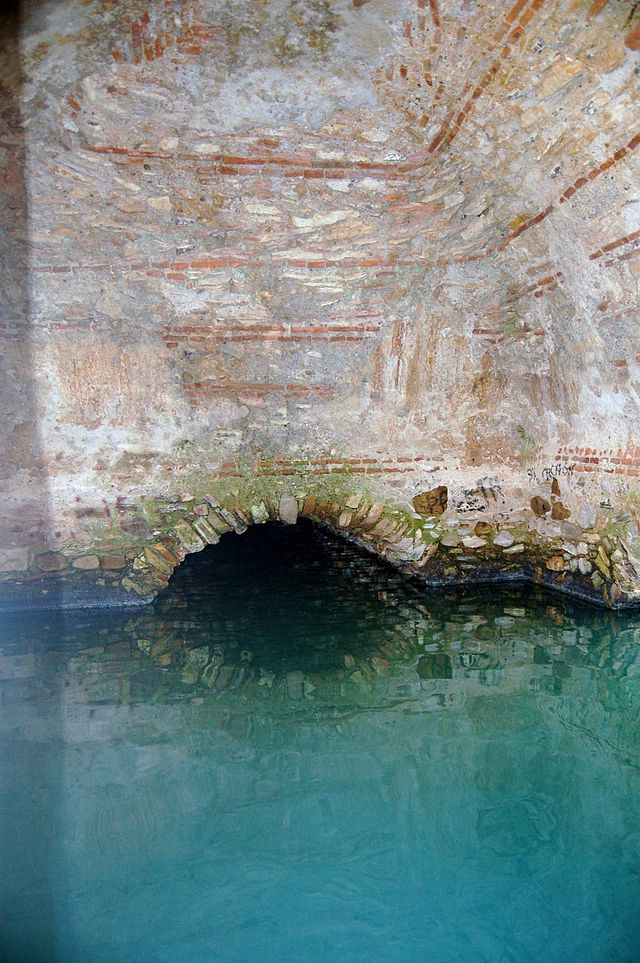THE ancient Roman spa in Malaga, known as the Baths of Hedionda, holds a remarkable history dating back to the 1st century BC.
This architectural treasure that has stood the test of time has been meticulously restored, allowing the public to experience the same bathing rituals that ancient Romans once enjoyed.
Originally, the Baths of Hedionda formed a vital part of a grand Roman spa complex, serving as a place of relaxation and rejuvenation for the elite.
With a history dating back more than 2,000 years, legend has it that one of the most prominent Roman figures in history, Julius Caesar himself, bathed there.
Now, after undergoing careful restoration, these historic baths have been declared a ‘Site of Cultural Interest,’ recognizing their immense cultural significance and historical value.

The Baths of Hedionda offer medicinal waters with a constant temperature, making them ideal for treating various skin conditions. These sulfurous and ferruginous waters (containing iron) are one of the standout features.
Moreover, their temperature remains consistently around 21°C, making them perfect for bathing all year round.
The complex is located on the right bank of the Albarran stream, surrounded by lush vegetation, and visitors can also enjoy a succession of natural pools near the baths, as well as a Roman bridge, offering an exceptional environment for relaxation.
Visiting Information and Prices
Access to the baths is free of charge. However, due to measures implemented by the Casares Tourism Department, the maximum capacity in the area is limited to 24 people. Therefore, it is mandatory to make a reservation to access the baths during peak hours, which are from noon to 7pm, between July 2 and September 9. Reservations are limited to a maximum of one hour.
From Malaga, the journey to the baths takes approximately 1 hour and 20 minutes via the AP-7 motorway (tolls apply). On the other hand, the trip from Cadiz takes around 1 hour and 30 minutes through the A-381 route (tolls apply).
READ MORE:
- Roman baths in fantastic state of preservation found in Spain
- Spain’s Nerja Cave has been occupied for 41,000 years—10,000 years earlier than previously thought study reveals
Click here to read more Malaga News from The Olive Press.








